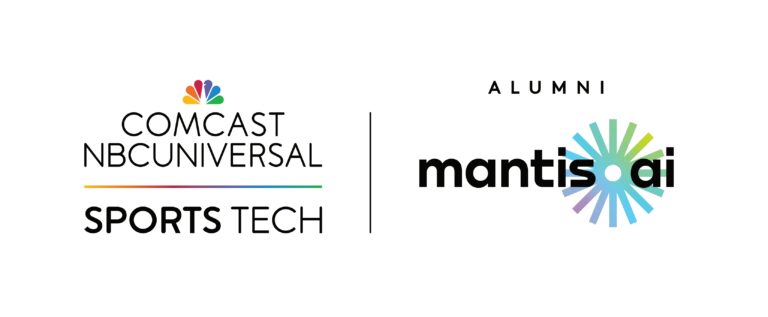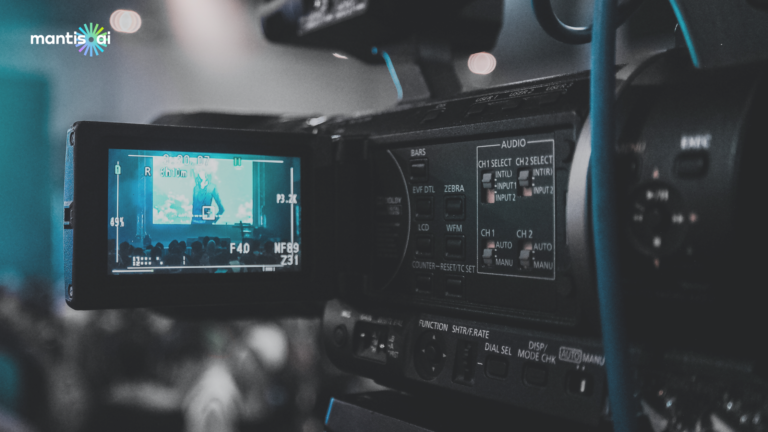In the audiovisual industry, there is a growing need for automation and efficiency. As the volume of content continues to increase, broadcasters and other media organizations are looking for ways to streamline their workflows and reduce costs.
Artificial intelligence (AI) is playing a key role in this transformation. AI-powered technologies, such as optical character recognition (OCR) and natural language processing (NLP), are automating tasks that were once performed manually, freeing up staff time for more strategic work.
Optical character recognition (OCR)
OCR is a technology that converts text from images or scanned documents into machine-readable text. This can be used to automate a variety of tasks, such as:
- Transcribing closed captions: OCR can be used to automatically transcribe closed captions from video content. This can save broadcasters time and money, as it eliminates the need to hire human transcribers.
- Indexing video content: OCR can be used to index video content by identifying and extracting text from the video. This can make it easier for viewers to find the content they are looking for.
- Automating metadata entry: OCR can be used to automatically enter metadata into video files. This includes information such as the title, date, and author of the content.
Natural language processing (NLP)
NLP is a branch of artificial intelligence that deals with the interaction between computers and human (natural) languages. NLP can be used to automate a variety of tasks, such as:
- Generating closed captions: NLP can be used to generate closed captions for video content. This can be used to improve accessibility for viewers who are deaf or hard of hearing.
- Translating languages: NLP can be used to translate text from one language to another. This can be used to make content more accessible to a global audience.
- Summarizing content: NLP can be used to summarize text content. This can be used to provide viewers with a quick overview of a video or article.
How AI is transforming audiovisual operations workflows
AI is transforming audiovisual operations workflows in a number of ways. By automating tasks that were once performed manually, AI is freeing up staff time for more strategic work. This can lead to improved efficiency, reduced costs, and better customer service.
For example, OCR can be used to automate the transcription of closed captions. This can save broadcasters time and money, as it eliminates the need to hire human transcribers. NLP can be used to generate closed captions for video content, which can improve accessibility for viewers who are deaf or hard of hearing.
AI is also being used to automate the indexing of video content. This can make it easier for viewers to find the content they are looking for. For example, OCR can be used to identify and extract text from the video, while NLP can be used to index the video by topic or keyword.
Overall, AI is playing a key role in the transformation of audiovisual operations workflows. By automating tasks that were once performed manually, AI is freeing up staff time for more strategic work and leading to improved efficiency, reduced costs, and better customer service.









